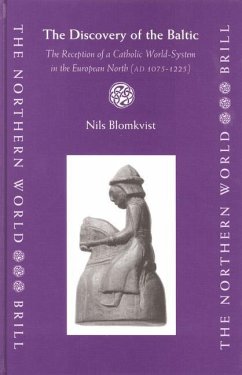Nils Blomkvist discusses how the Baltic Rim was initially Europeanized between 1075 and 1225 AD. He compares the indigenous civilisations to the prevailing western European one. After the expansive Viking period, European penetration became a process of discovery. The importance of the Catholic Reform movement and its unintentional ties to the formation of an endurable commodity market are outlined. Clashes and compromises are investigated in case studies of the Kalmarsund region, Gotland and the Daugava valley. Dissimilar cases of state formation are compared: those of Sweden and Livonia. Many classical scholarly problems are revisited. A new approach to the period's narrative sources brings to life Scandinavian, German, Russian, Finno-Ugrian and Baltic attitudes and day-to-day concern in the midst of a change of epic dimensions.








